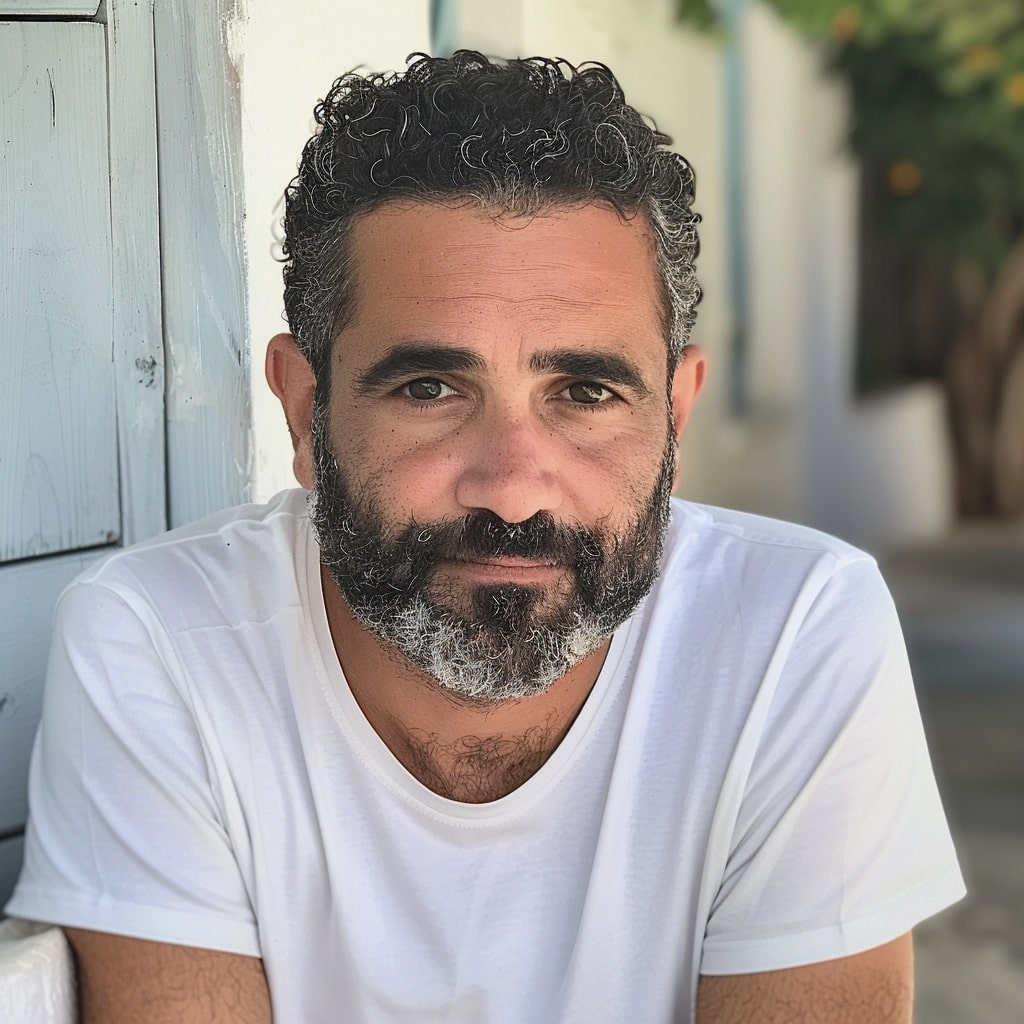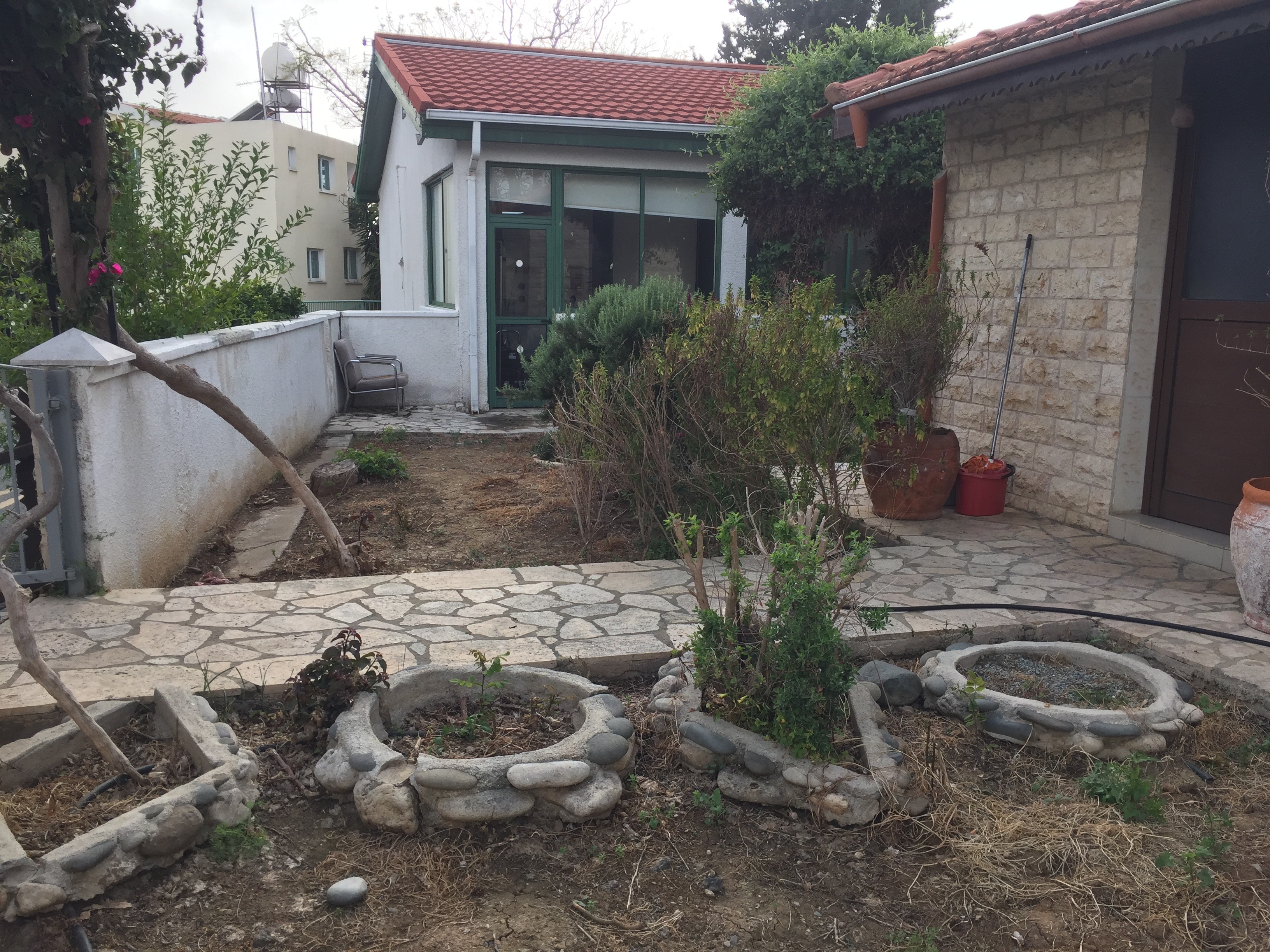As Israel looks to expand its energy capacity by turning to renewables, Cyprus has pitched itself as a potential provider of such power through a subsea electricity interconnector between the two countries. But why would the Israelis sell us gas and then take our RES – that sounds counterintuitive. The Cyprus Mail reached out to Energy Minister George Papanastasiou for some answers.
“Israel will face a deficit in power in the next few years, approximately 4 to 5 gigawatts,” the minister told us.
“They don’t plan on expanding their conventional power capacity, so they’ll expand only with renewables. Their problem is that they don’t have a lot of space available for photovoltaic (PV) systems, so importing power generated elsewhere – like in Cyprus – is a sound option.”
Any excess energy generated on the island would get fed into the interconnector – including energy generated from conventional fuel.
The minister explained that every year Israel sends about 3 billion cubic metres (bcm) of gas to Jordan, and another 6bcm to Egypt. As for the internal market in Israel, it consumes about 12 bcm worth of energy generated from gas.
For perspective, the mooted Israel to Cyprus natural gas pipeline would carry about 1 bcm a year.
“You can’t justify the investment for a pipeline for just 1 bcm. You need something else, and so we’re also having talks with the Israelis about an electricity interconnector.”
And the subsea cable can work both ways, dynamically – depending on which country had a power deficit.
“So the discussions are happening on two tracks: one committee on gas and hydrogen, the other on the electricity interconnector. The bilateral committees will start meeting in July.”
Asked whether one project was contingent on the other, Papanastasiou said no. “But the interconnector will go ahead regardless.”
Following the talks in Israel on June 14 and 15, Xinhua news agency reported that the two nations’ energy ministers agreed to prioritise construction of the 310-kilometre electricity interconnector, with an estimated price tag of €500 million.
But instead of exporting excess RES power that can’t get absorbed here, why doesn’t Cyprus use that time to ‘fix’ its grid?
“Currently there’s no storage for RES in Cyprus. You can use batteries to store RES energy, but they will fill up at some point,” Papanastasiou offered.
On the timeframe for clinching an interstate framework deal for the interconnector, he said it was “still too early to commit” but also added: “Like I said before, Israel is in a hurry.”
Here’s how it would work: RES companies would sell any excess power to a buyer or buyers in Israel. Obviously, the commercial side would involve a great deal of detail-hammering, so the two governments are rushing to set the legal framework in place.
Also, the energy mix (conventional and RES) should be available around the clock.
There’s another issue, though.
“Right now we don’t have an open electricity market in Cyprus. It’s not an issue of law – the regulations are there. But to have an open market you need an additional power producer other than the EAC.”
Papanastasiou demurred when we suggested that the interconnector idea appears to have come out of the blue.
It would seem that – again – Nicosia was ‘forced’ to speak about the issue after the Israelis let the cat out of the bag. Their energy minister Israel Katz made certain comments, so then the Cypriots had to follow up. The Israelis have made a habit of that – previously Prime Minister Benjamin Netanyahu had spilled the beans about a facility on Cyprus that would liquefy Israeli gas for export. That plan is still on, incidentally.
We also contacted the Transmission System Operator (TSO). During the week, TSO spokesman Vrahimis Koutsoloukas told media that the Cyprus grid lacks the capacity to absorb the full amount of the renewable energy, meaning the excess amount could be transported to Israel.
Koutsoloukas said that for 2023 they estimate about 3.22 per cent of the renewable energy produced will go to waste but this could instead be sent to Israel.
The estimated ‘wasted’ renewable energy for 2023 comes to 36,700 megawatt-hours.
On the surface, that appears a fraction of the 4 to 5 megawatts needed by Israel to cover its projected deficit.
But Koutsoloukas explained to the Cyprus Mail the difference in megawatt-hours and megawatts.
Megawatts are used to describe electrical power production, but megawatt-hours describe electrical power consumption and production. A megawatt-hour is the same as one megawatt of power used continually for one hour.
Be that as it may, the electricity generated from RES would not cover Israel’s needs.
The official said that on an average day in Cyprus, approximately 15,000 megawatt-hours are produced.
“The issue is that during the hours that most power gets generated by RES, that’s when you don’t need it. We’ve got excess energy at certain hours of the day, for example at noon when the sunlight is intense – a lot of RES then.”
He gave a real example from Friday, 23 June. At 1 pm, 370 megawatts were being generated from photovoltaics, and 380 megawatts from conventional means (diesel). By 4.30pm, that changed to 260 megawatts from PV and 500 megawatts from conventional – during a steady total electricity demand of almost 770 megawatts.
As far as the technical side goes, Koutsoloukas explained that the grid is saturated in some areas, while in other areas it is not.
According to a Reuters report on June 20, Israel will soon require all new non-residential buildings to have rooftop solar panels to help it meet renewable energy targets and the electricity demands of a fast-growing population.
“Although drenched in sunshine, Israel is too small to rely on traditional, land-intensive photovoltaic power plants. It is also unsuitable for wind power and lacks water for hydropower,” Reuters said.
It quoted Ron Eifer, who heads the energy ministry’s sustainable energy division. Eifer said that whereas Israel stands out as a developed country in its dependency on sun as a renewable source, it lacks land for solar farms.
The official said the country has fallen behind schedule on its goal to get 30 per cent of electricity from renewables by 2030, and that Israel had to take “some dramatic steps.”
Last month the Israeli government ordered regulations to be in place within 180 days to require new non-residential buildings to be topped with solar panels.
“Beyond the problem of electricity getting lost in long-distance transit to the centre of the country, it is important to maintain open spaces. You can’t just cover the entire Negev desert in solar panels,” Eifer told Reuters.
“So, we need a mix of ground-based solar, which is cheapest and can be built en masse, and dual-use, which can be built on rooftops directly where there is demand for electricity.”
Roughly 60 per cent would eventually be dual-use, Eifer said, referring to solar panels that serve as roofing as well as to generate power.







Click here to change your cookie preferences